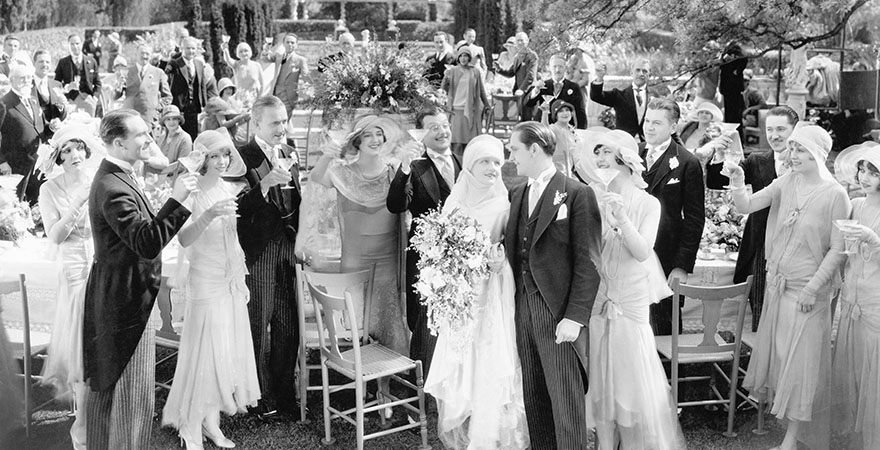The origin of wedding traditions
The weddings all around the world are steeped in traditions, from Persian Wedding DJ to Basingstoke, wedding cake. This sometimes makes many of us wonder why does a bride dress the way she does, why does she have to wear a veil or toss a garter? Read on to know the story behind some of these customs:
The veil – The veil represents youth, virginity and humility. The brides in Rome draped themselves with yellow veil, while the Viking queens preferred skull caps made of metal. In Japan, women still wear their traditional tsuno-kakushi (white hood that hides jealousy). It was Nellie, daughter of U.S. president George Washington, who first wore a veil for her wedding. It is said that she was sitting by a lace-curtained window when one of her father’s aides saw her and fell in love with her. She wanted to recreate the moment and, therefore, wore a veil and set a trend for the Westerners.
Headpiece – Headpiece is different from the veil. Usually, the headpiece is nothing but a crown made of flowers and herbal wreath. This tradition is still popular with those who prefer outdoor or beach weddings. In some traditions, there are brides and grooms who wear ornate crowns that are blessed, exchanged 3 times and removed. The couple is then officially declared married. In Finland, the bride is blindfolded, who places a gold crown on a bridesmaid during the reception. It is believed that the lucky bridesmaid will be the one to get married next. It is similar to the American custom of tossing the bouquet.
Garter – Tossing the garter is an old English tradition called flinging the stocking. Guests would raid the bride’s room and steal her stockings and take turns to throw the stockings. And if the stockings landed on the groom’s nose, the person would be the next one to get married. Around the 14th century, the garter became an essential element of the wedding tradition. Nowadays, groom tries to remove the garter from her leg and throws it to the girls.
Gloves – In the 1960s, the gloves started being worn during the daytime. Today, it is still recommended for the bride to wear a glove as a sign of grace and when worn with a gown, it looks more elegant.
Wedding rings – Wedding DJ or band can be dated back to the Egyptians, 3000 B.C., when they exchanged rings made from twisted and braided papyrus. Romans gave the ring as a sign of ownership. The men would ‘claim’ their woman by gifting a ring. These rings were made of iron that symbolized strength and durability.

